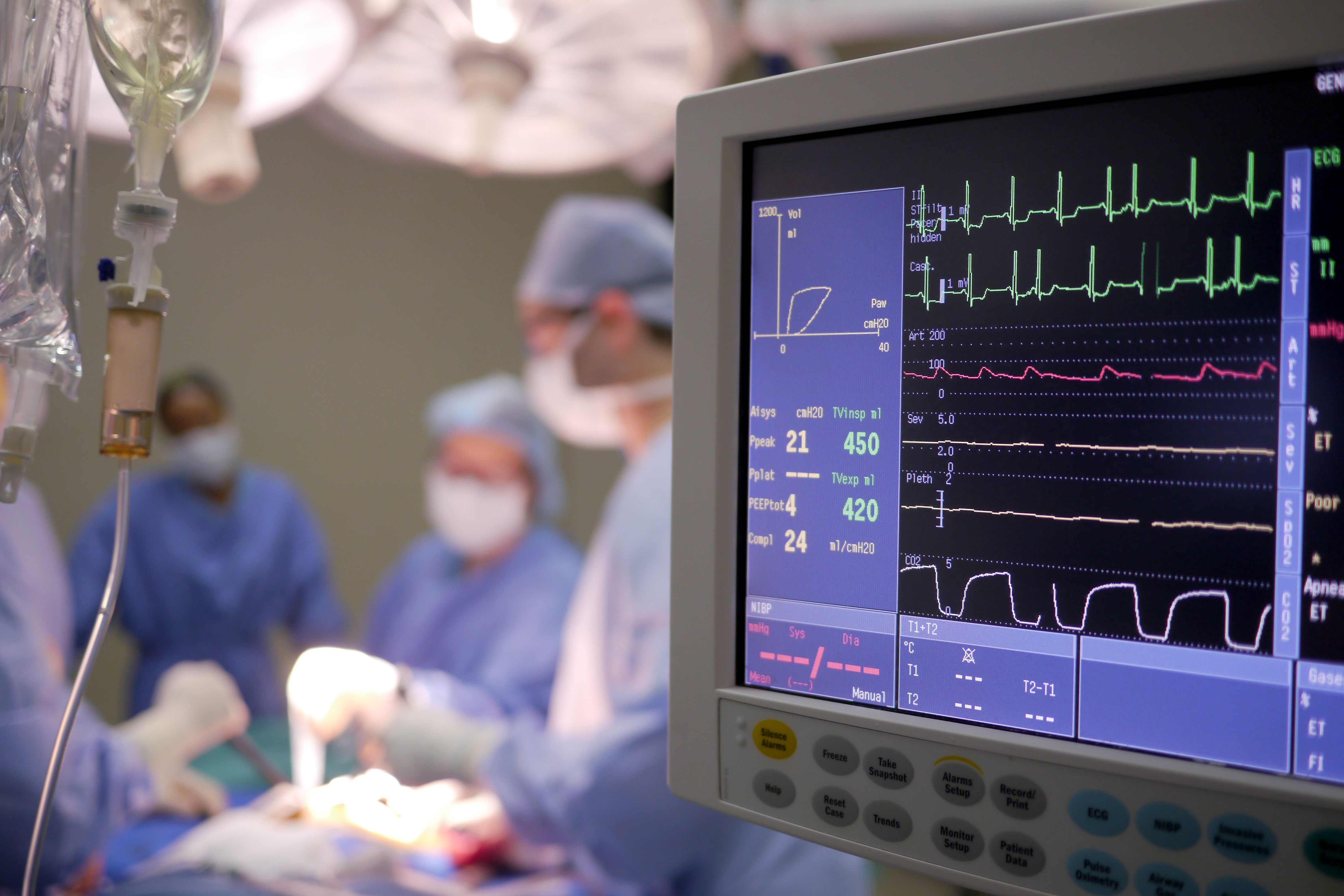Article
Subcutaneous ICD Could Reduce Lead-Related Complications By More than 90%
Data from the ATLAS trial indicate use of a subcutaneous ICD was associated with a 92% reduction in lead-related complications compared to TV-ICD without compromising the effectiveness of shocks, but investigators express caution over an increased incidence of inappropriate shocks with the S-ICD.

Results of the ATLAS trial indicate use of a subcutaneous implantable cardioverter defibrillator (S-ICD) could reduce risk of lead-related complications by more than 90% compared to use of transvenous ICD (TV-ICD) without compromising the effectiveness of ICD shocks.
A parallel assignment, interventional trial with more than 500 participants younger than 60 years, results of the study also indicated use of the S-ICD, which requires no intravascular components, was also associated with a nonsignificant 22% reduction in need for surgical ICD revision compared to the TV-ICD. However, investigators cautioned an increase in inappropriate shocks was observed among those in the S-ICD arm of the trial.
“The ATLAS trial demonstrates a 92% reduction in lead-related complications using the S-ICD. By eliminating all intravascular and intracardiac components of the ICD, the S-ICD prevents most lead-related perioperative complications, including myocardial perforation, which can lead to death,” investigators wrote.
An investigator-initiated trial funded through an unrestricted grant from Boston Scientific, the Avoid Transvenous Leads in Appropriate Subjects (ATLAS S-ICD) was launched in 2017 with the intent of assessing whether use of an S-ICD against TV-ICD in patients with a primary or secondary prevention indication for an ICD who were younger than age 60 years of age. With this in mind, the randomized, multicenter trial enrolled and randomized patients from 14 centers in Canada in a 1:1 ratio to either a S-ICD or TV-ICDD, with a primary outcome of interest of preoperative major-lead related complications.
Per study protocol, all participants were followed every 6 months to a common termination, which occurred when the last enrolled patient had reached 6 months of follow-up. Of note, patients randomized to S-ICD received a Boston Scientific EMBLEM device.
From February 2017-July 2021, a total of 544 patients underwent enrollment in the study. Of these, 93.5% passed electrocardiographic screening and randomization, with 251 randomized to S-ICD and 252 randomized to TV-ICD. Investigators pointed out there were no statistically significant differences in baseline characteristics among either arm of the study. The overall study cohort had a mean age of 49.0 (SD, 11.5) years, the mean follow-up was 2.5 (SD, 1.1) years, and 83.9% of patients self-identified as White.
Upon analysis, results indicated a statistically significant reduction in preoperative, lead-related complications, with such an event occurring in 1 (0.4%) patient receiving an S-ICD and 12 (4.8%) patients receiving a TV-ICD (-4.4% [95% CI, -6.0 to -1.9]; P=.001). Investigators pointed out there was a trend for more inappropriate shocks observed in the S-ICD arm (HR, 2.37 [95% CI, 0.98 to 5.77]), but no increase in filled appropriate ICD shocks compared to the TV-ICD arm (HR, 0.61 [95% CI, 0.15 to 2.57]). Further analysis revealed patients in the S-ICD group reported more ICD site pain, which was measured on a 10-point numeric scale, than their counterparts in the TV-ICD group on the day of implant (4.2±2.8 vs 2.9±2.2; P <.001) and 1 month later (1.3±1.8 vs 0.9±1.5; P=.035).
“The S-ICD reduces the risk for lead-related complications by more than 90%, and is effective at terminating ventricular arrhythmias and otherwise maintaining ICD performance. The S-ICD is an alternative to a TV-ICD, particularly in patients at increased risk for lead-related complications,” investigators added.
This study, “Perioperative Safety and Early Patient and Device Outcomes Among Subcutaneous Versus Transvenous Implantable Cardioverter Defibrillator Implantations,” was published in the Annals of Internal Medicine.
2 Commerce Drive
Cranbury, NJ 08512
All rights reserved.





